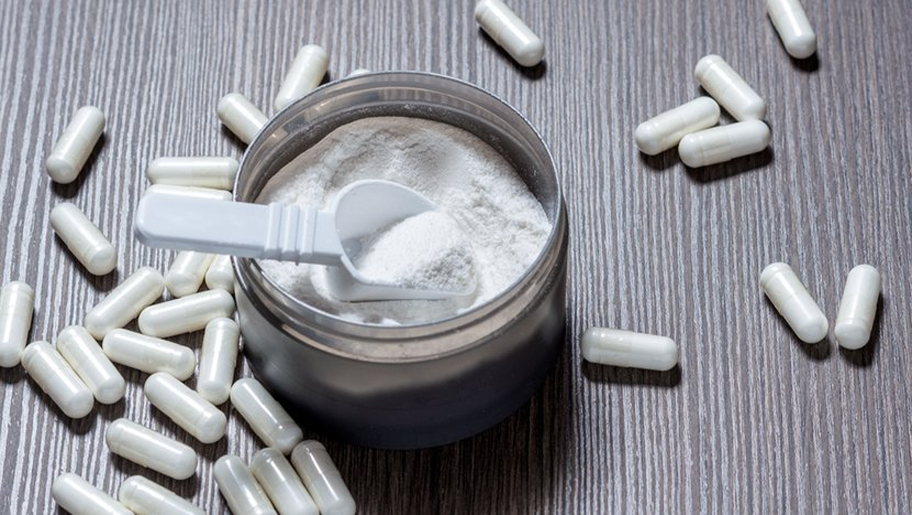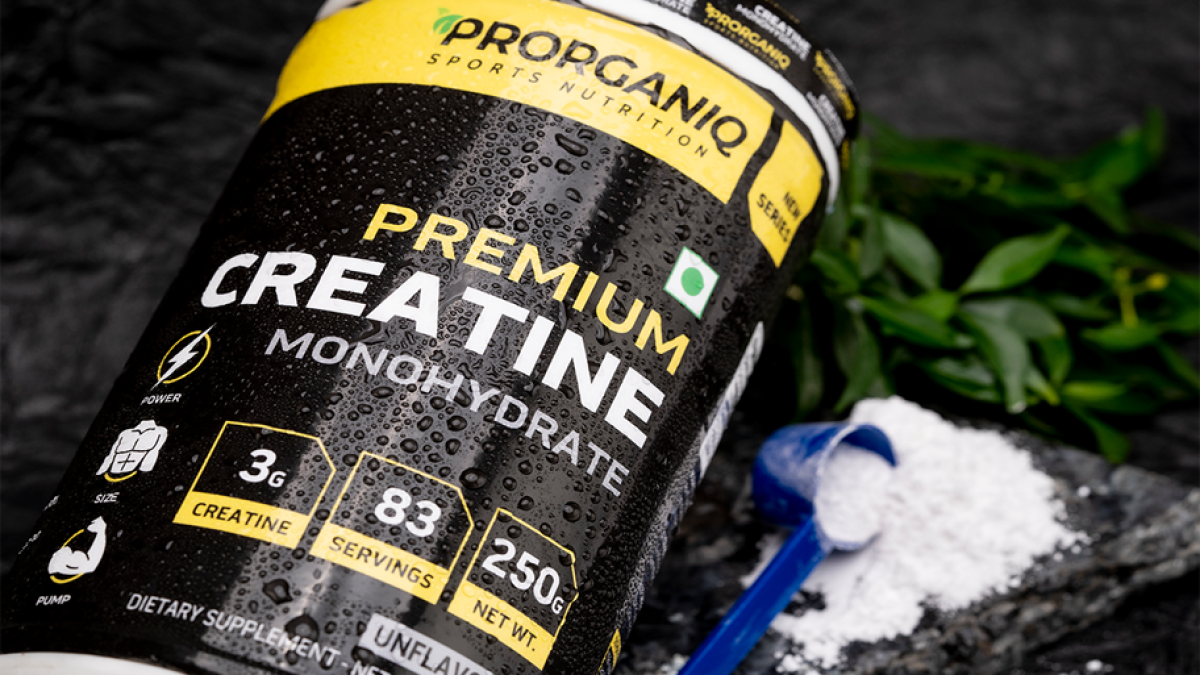What is Creatine?
Bodybuilding, increasing muscle mass, and high-intensity work-outs welcome creatine more than anything. It could be your best pair for gaining muscles. However, if you’re more into aerobics and improving your working ability, creatine might not give you the best results.
Creatine has a very sturdy and uncommon scientific foundation. It shows effectiveness in almost 80% of the people using it. Meat is a natural creatine source. So, if you’re taking enough meat, you’ll need a less creatine supplement.
But what about the vegetarians? Well, you can always rely on creatine supplements to get the result you dream of.
ATP is the source of our muscular energy. Creatine helps as a substituted phosphate donor for ATP renewal. It also works as a buffer -neutralizing the acidity that’s responsible for weakening the trained muscle’s strength production.
This supplement is also called “ergogenic” – meaning -it’s proven effective in improving sporting activity. If you take about 3000mgcreatine regularly, you’ll notice your:
● Muscle strength increasing
● Muscle speed increasing
● Lean muscle mass increasing
Creatine tends to find alternative ways to reach your muscles and help them grow. It also helps boost the protein formation to produce muscle fibers. When you take creatine as a work-out routine, the supplement drives more water properties to your muscles, which helps your muscle get bigger.
Blood creatine level means nothing. The amount of creatine supply into the muscle is what matters. This supply is controlled by a creatine transport protein. The sodium-potassium pump mechanism is triggered by insulin, which is later used to activate the creatine transport protein.
You can combine the creatine with fast-acting protein – whey, for example – to get the benefits equivalent of high creatine intake. But the catch is – you don’t need to stuff yourself with simple carbs.
There are two main debates about creatine – side effects and best usage form. Some mentioned side effects are: muscle cramps, kidney problems, gastrointestinal troubles, etc. However, no major side effects have been proven scientifically. About the usage form arguments, creatine monohydrate- 99% absorbed is considered the best condition to use it.
What dose of Creatine should be taken?
Many studies show three to five grams per day over the long term is the ideal dosage. Plus, its considered safe for healthy adults. Creatine has been also know to improve cognition, decrease risk of depression, and lower risk of heart disease. Since creatine stores water in your muscles, weight gain is known to occur, but its not a visible side effect that you would notice. However, most people that take creatine are looking to increase size versus decrease so it’s a non-issue.
When exercising, especially at high intensity like HIIT or circuits, heavy cardio, or competitive lifting—your body uses blood glucose and glycogen as its energy source. Carbs, combined with creatine, can help you get that extra rep or extra mile in when it really counts.

Does Creatine increase belly fat or affect you Sexually?
In short – no. Creating can cause rapid water weight as the supplement draws water into the muscle cells. The muscles store this water, as a result, it bloats or puffs around your legs, arms, or stomach. The muscles might seem even larger, even if you have just started your training.
A lot of scientific studies regarding creating over the last 5 years have found zero deleterious medical risk or side effects. Yes, there were a few isolated anecdotal negative side effect reports like reduced sexual functioning, there is no acceptable evidence that challenges its safety.



my dear friend, so absorbed in the exquisite sense of mere tranquil existence, that I neglect my talents.
A wonderful serenity has taken possession of my entire soul, like these sweet mornings of spring which I enjoy with my whole heart. I am alone, and feel the charm of existence in this spot, which was created for the bliss of souls like mine. I am so happy.
my dear friend, so absorbed in the exquisite sense of mere tranquil existence, that I neglect my talents.
I feel that I never was a greater artist than now. When, while the lovely valley teems with vapour around me, and the meridian sun strikes the upper surface of the impenetrable foliage of my trees, and but a few stray gleams steal into the inner sanctuary.